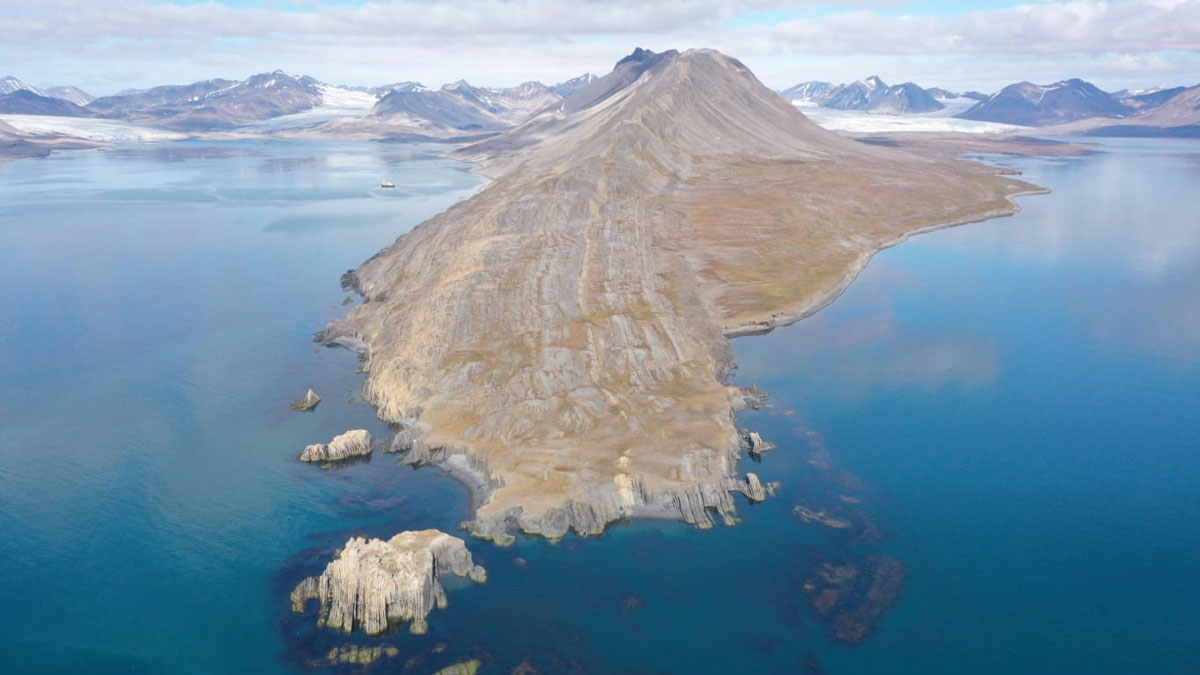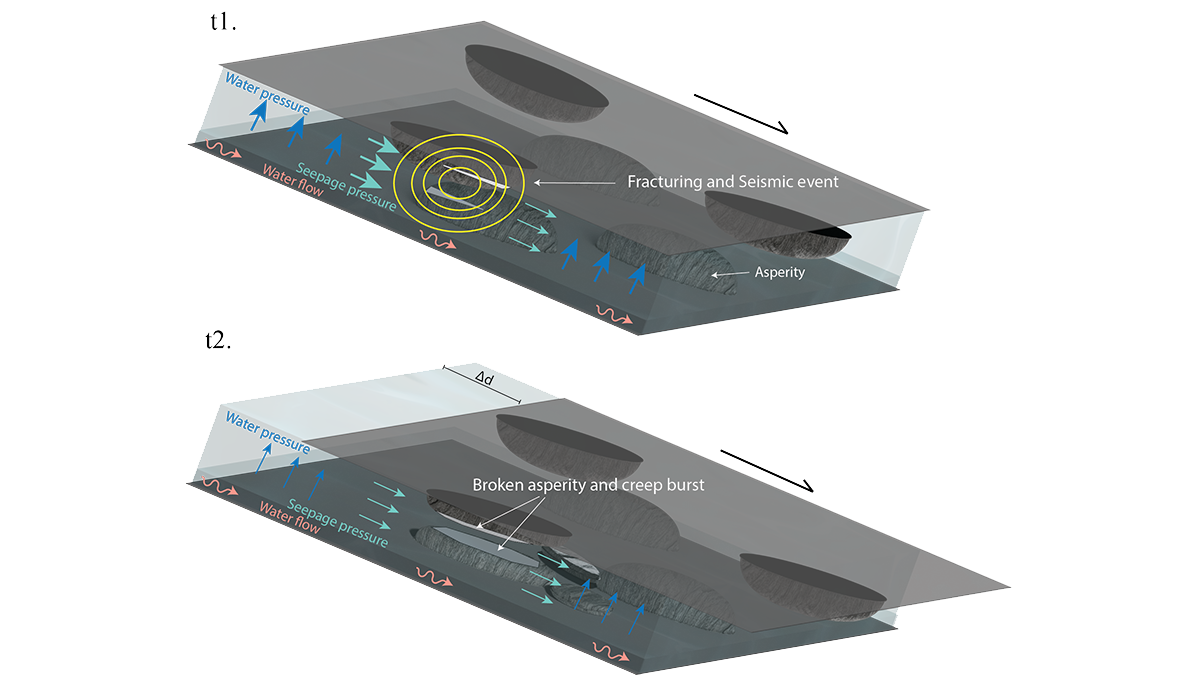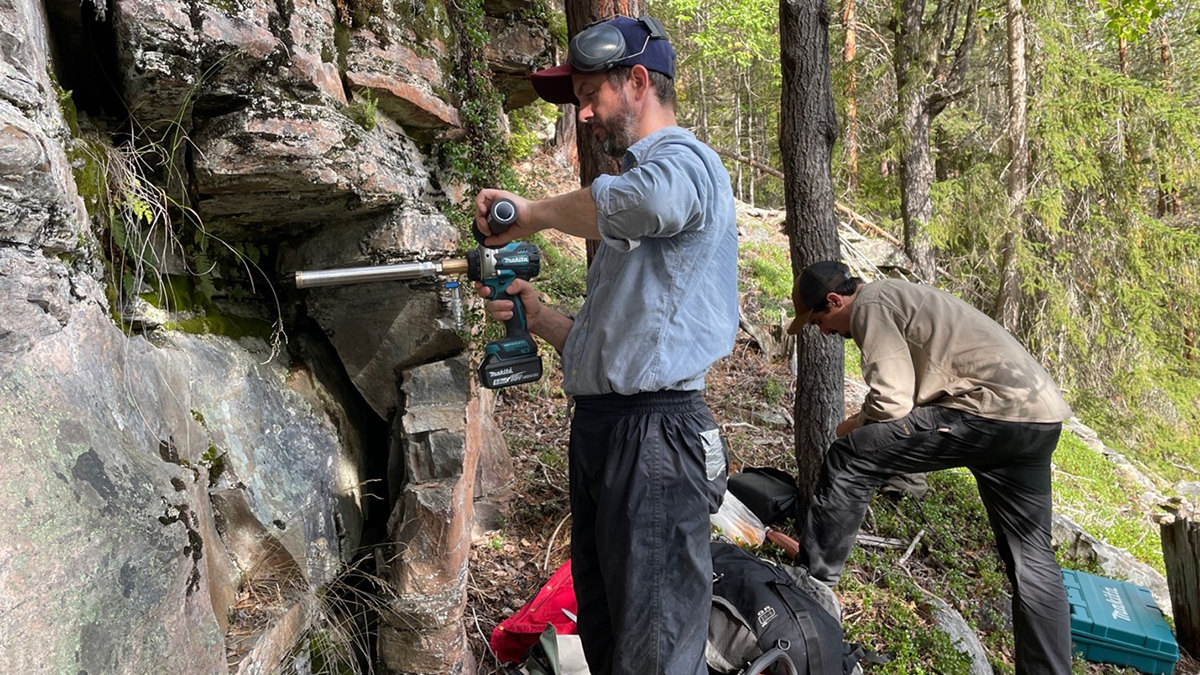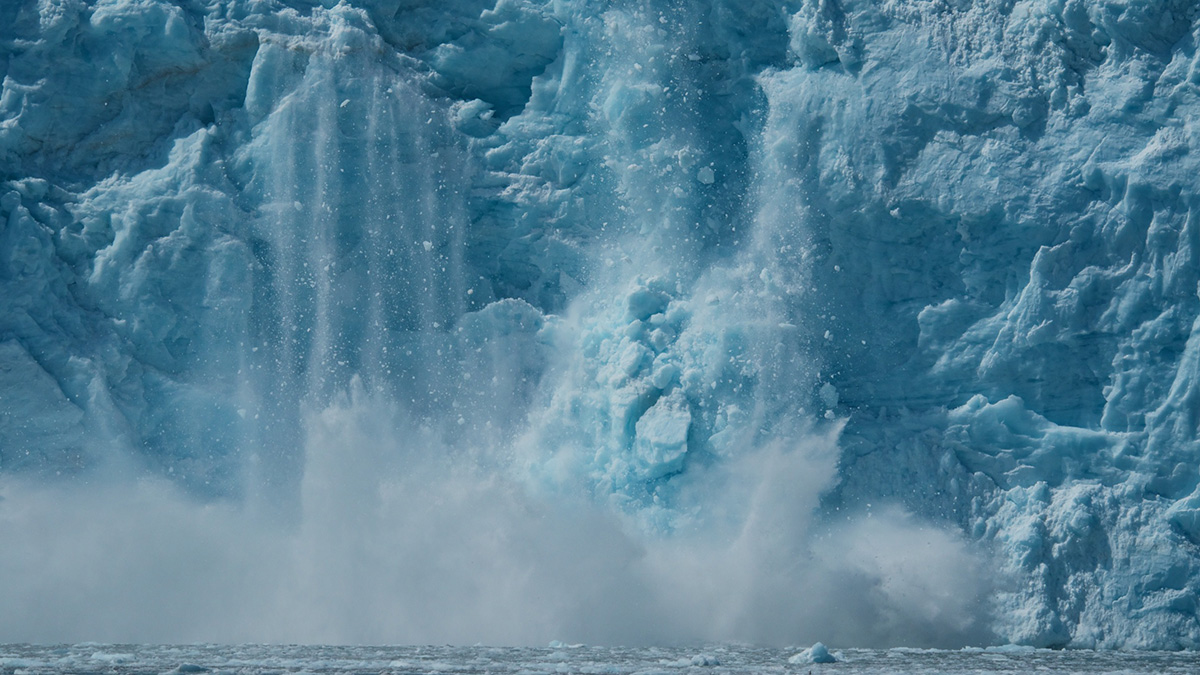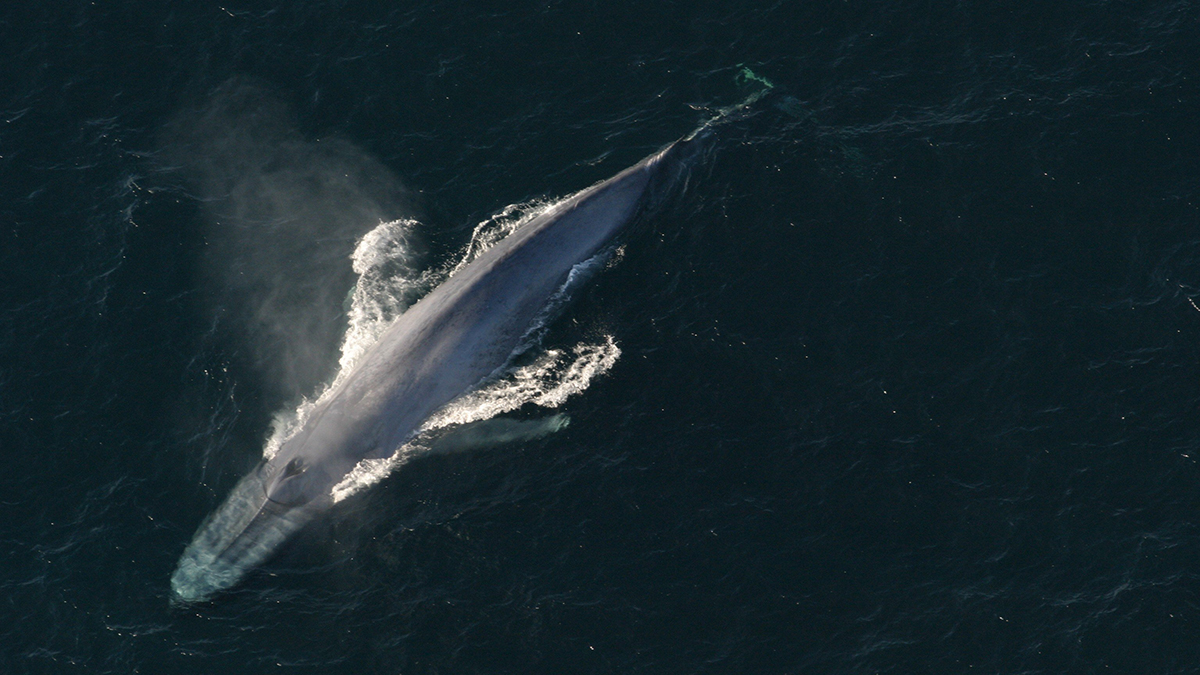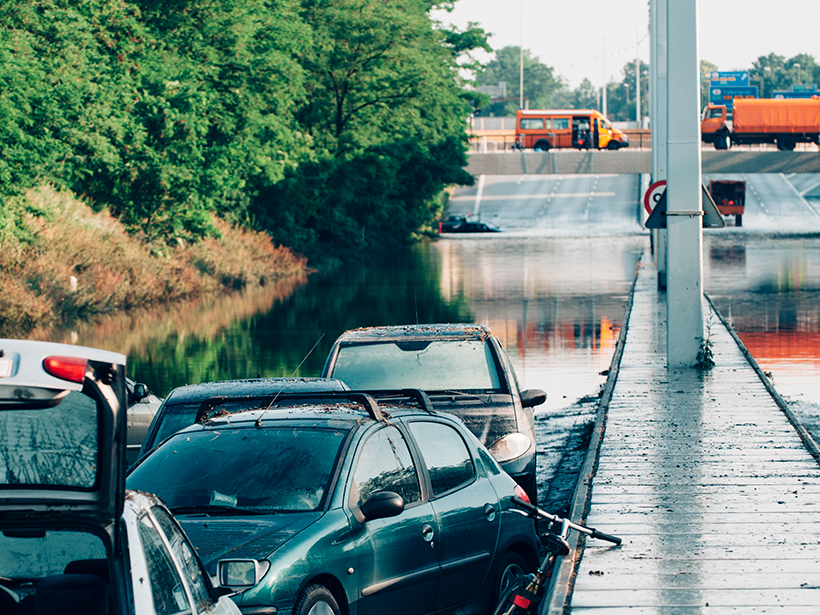Cooler waters near Norway’s north provided a refuge for phytoplankton during the Great Dying, a new study suggests.
Norway
Will It Run Away? Documenting Creep Bursts in a Slow-Moving Landslide
After 11-years of monitoring a slow-moving landslide and its shear zone in Norway, scientists reveal a complex pattern of creep bursts that require a rethink of the driving mechanisms.
Should I Stay or Should I Go…To Another Paleomagnetic Site?
When collecting a finite number of paleomagnetic samples, having more sites, each with only one sample, achieves superior results compared to sites with multiple samples.
Digitally Preserving Svalbard’s Fragile Geology
A team of researchers is making the iconic rock outcrops of Svalbard available to the world through an open-source database of virtual geological models.
Munching Moose Cool Forest Floors
By making clear-cut forests patchier, moose create a reflective surface that bounces back sunlight and keeps temperatures down.
Underwater Sounds Help Reveal Extent of Glacial Calving
If a glacier calves into the Arctic Ocean, does it make a sound? Some scientists say yes and have devised a clever way to use those sounds to calculate the size of the fallen ice chunks.
Wiretapped Cables and the Songs of Whales
Researchers jerry-rigged fiber-optic cables in a fjord to eavesdrop on blue whales, with possible applications ranging from seafloor mapping to meteorology.
Local Climate Projections: A Little Money Goes a Long Way
Three Nordic countries collaborate to build a suite of eScience tools to support long-term planning and decision-making in the face of a changing climate.
An Evolving Framework for Advancing Climate Services in Norway
Meeting of the Norwegian Centre for Climate Services; Geilo, Norway, 25–26 October 2017

